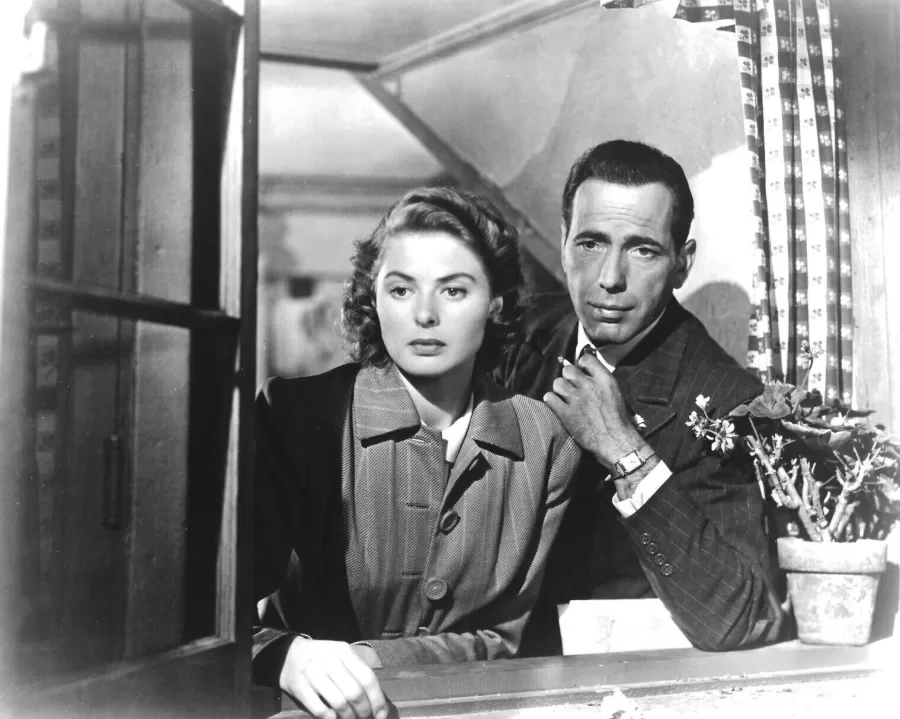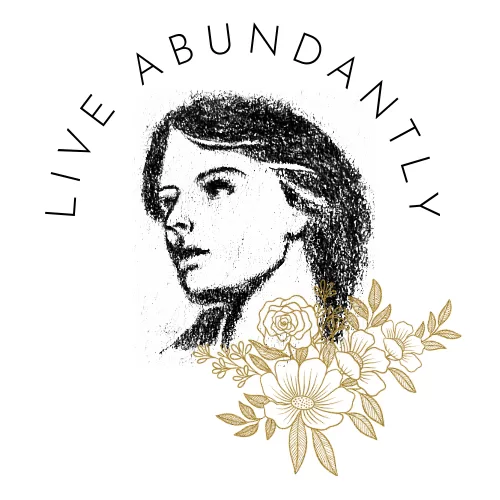Rediscover How to Find a Good Movie to Watch
Creating a Personal Movie List

How often do you find yourself sitting down to watch a movie, but then end up scrolling Netflix for 30 minutes – only to eventually pick a mediocre movie? Or perhaps you scan various movie lists online but can never quite find the right movie to watch. You finally pick something, and while it wasn’t quite what you were hoping for, it’ll do for now. Overall, you feel that movie-watching simply doesn’t seem as exciting and interesting as it once was. At least, not the way it was before when you had to make a trip to the theater (or Blockbuster) to find a good movie to watch. Instead, watching movies feels more like a default activity to pass the time.
However, there is a very simple practice that can help us reclaim our movie-watching experience and make it exciting again. While it may not sound revolutionary, creating a personal movie list can change how you watch movies, and rekindle your love for the pastime.
Reasons for Creating a Personal Movie List
I have found creating a personal movie list to be transformative in my movie-watching experience. And the benefits have extended far beyond the entertainment realm. This practice has helped deepen my relationships, expand my tastes, and cultivate a more explorative attitude toward the world around me. Here’s why you too, should consider creating a personal movie list and rediscover how to find a good movie to watch.
You Curate Your Own Experience
So much of what we watch is influenced by what’s placed in front of us by algorithms, ads, and searches. We may even find that we rarely even have a conclusive preference about what we want to watch. The practice of keeping a movie list will help you take control and curate your own experiences rather than having it be dictated to you. Instead of defaulting to predictions, you can make more intentional decisions around what you watch.
You become More Receptive to an Uncurated World
When we default to algorithm suggestions, they’re limited to what it thinks you like. As a result, you’ll quickly find yourself in an echo chamber of suggestions. This will limit your opportunity to explore outside of a few categories.
When you keep a list, you become more receptive to discoveries outside of these avenues. You might note something that comes up in a conversation with a friend. Perhaps you make a discovery in an obscure magazine article you happened across. Or maybe you recall a long-forgotten film you once enjoyed and quickly jot it down. Your brain will be constantly seeking information in the back of your mind, and you’ll be more open to discovery. You’ll cast a much broader net of information.
Movie time is more rewarding
When you start creating a personal movie list, you may soon find that your nights go from “Let’s watch a movie. What should we watch?” to, “I’ve been wanting to watch How to Catch a Thief. When are we free this week?” It becomes an experience that you look forward to and plan around. You’ll be more fully engaged rather than defaulting to it when you can’t think of anything else.
Create Connection Points in Your Relationships
This one was an interesting and unexpected result that I personally came across. Since I’ve created a movie list and started watching them with my husband, it’s expanded our common language. We now have more shared touchpoints in our conversations. Learning from and referencing films helps us to articulate ideas or share nuanced experiences with each other. In a previous article on Why Stories Matter, I dove into how reading stories can inform one’s experience of reality. The same can be said for movies. Watching films together helped us build a shared imagination and a common understanding of the world.
For example, my husband and I were recently learning how to negotiate when buying a used car. Part of that process was learning how not to share too much information about ourselves that might put us at a disadvantage. We knew we’d have to dance around questions from the salesman about where we work, how we plan to pay, or how urgent our timeline was. We wanted to find a good balance of side-stepping questions without appearing defensive. This scene from Casablanca where Rick was being questioned by the Germans gave us a great example of how to respond to questions without giving away information we didn’t want to share. While we certainly aren’t as skilled as Rick, it was a great reference point for both of us. Watching the movie together helped inform our approach.
Expand Your Tastes and Experiences
Oftentimes I may come across a movie that I’m not yet ready to watch but think could be valuable. I write it down and allow it to sit on the list for months – maybe longer. As I’ve continued to grow my tastes, my capacity to take in a broader range of movies has expanded. I find that over time, I tend to circle back to movies I previously avoided.
You may find that as you encounter a broader range of movies, you’re able to enjoy a richer variety of films and stories. It’s a wonderful shift that takes place over time as you build out an expansive list. Whereas I used to mainly watch rom coms, light adventures and comedies, I now enjoy a more eclectic taste in addition to those genres. For example, older classics like Lawrence of Arabia and Casablanca, weighty dramas such as Life is Beautiful and Babette’s Feast, and several unfamiliar titles that I previously was unaware of such as The Scarlet Pimpernel and Where the Lilies Grow.
Tips to Help You with Creating a Personal Movie List
Hopefully these points have convinced you to start keeping and growing a movie list. If you’re like me, it may take months for the list to start being useful to you. But once it starts to pay rewards, it’s well worth the effort.
If you’re now convinced you want to begin building your own movie list, here are a few tips:
Make it as Simple and Accessible as Possible
Ideally your list should be something that you’re able to carry with you wherever you go. You never know when you’ll come across a good idea! It should also take as little effort as possible. I personally use OneNote sticky notes on my phone because it’s accessible and easy to find. Every time I come across an interesting title, I take 30 seconds to open the app and quickly jot it down.
Keep Categories Intuitive
It’s helpful to have some form of categories based on your watching preferences. I don’t use a very sophisticated system myself because I find that simple categories make it easier to use. This ensures I keep updating it whenever I come across a new movie. Keep your process simple and intuitive for you, based on how you like to watch movies. It may be as simple as “watched” vs. “haven’t watched”. Or you may have categories based on genres, seasons, or the feelings they evoke.
Make the List Broad
Start the list off with movies that you know and love – maybe classics from your childhood or feel-good films. Adding familiar movies you enjoy helps establish a positive association with the list. Give yourself permission to add whatever suits your preferences – even if it’s not a ‘good’ movie. Despite being cheesy, I love watching The Librarian every once in a few years, so I keep it on despite it’s flaws.
After that, grow the list as you come across more titles – and keep an eye out for recommendations in unexpected situations. You never know when you’ll come across something that’ll pique your interest. It’s just a matter of becoming more attuned and paying attention. Keep up the habit and you’ll soon build an eclectic and rewarding movie list. You may even discover that you develop a more explorative mindset in your day-to-day life as a result.

Very good advice – another way to change your movie experience is to make a goal to watch everything from a specific director or about a specific period. For example you could start with Godzilla, then move on to Godzilla! King of the Monsters, Mothra vs Godzilla, Ghidorah, the Three-Headed Monster, Invasion of the Astro-Monster, Destroy All Monsters, All Monsters Attack, Terror of Mechagodzilla, and then Rodan. By the end you’ll have a totally different understanding of the Godzilla movies than before.
That’s a great approach as well! I recently heard about this and haven’t done it myself yet – hope to try it soon! Thanks 🙂